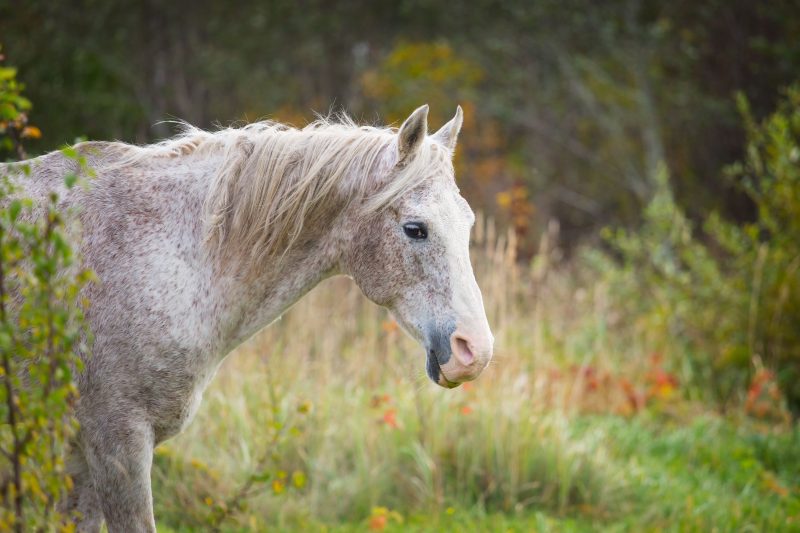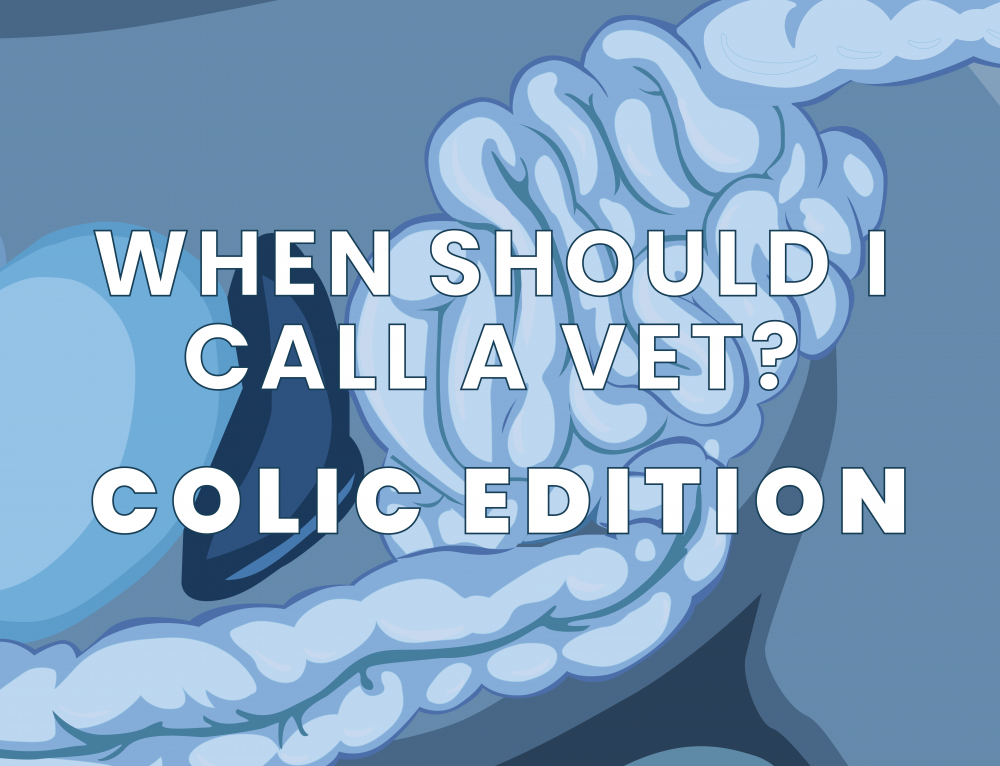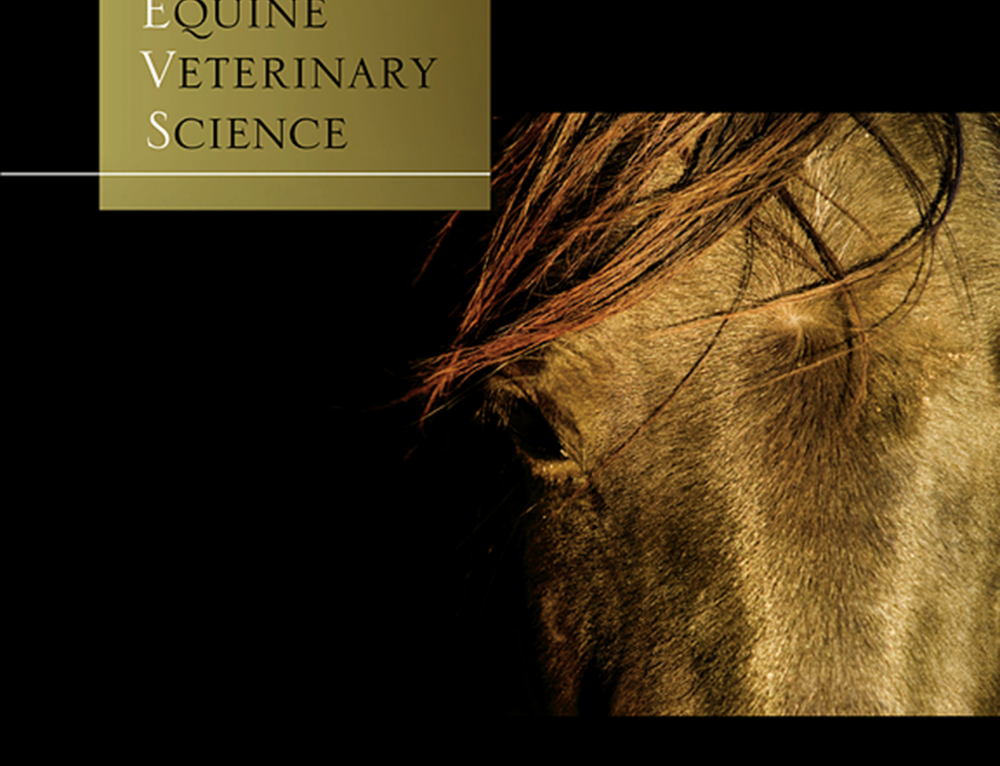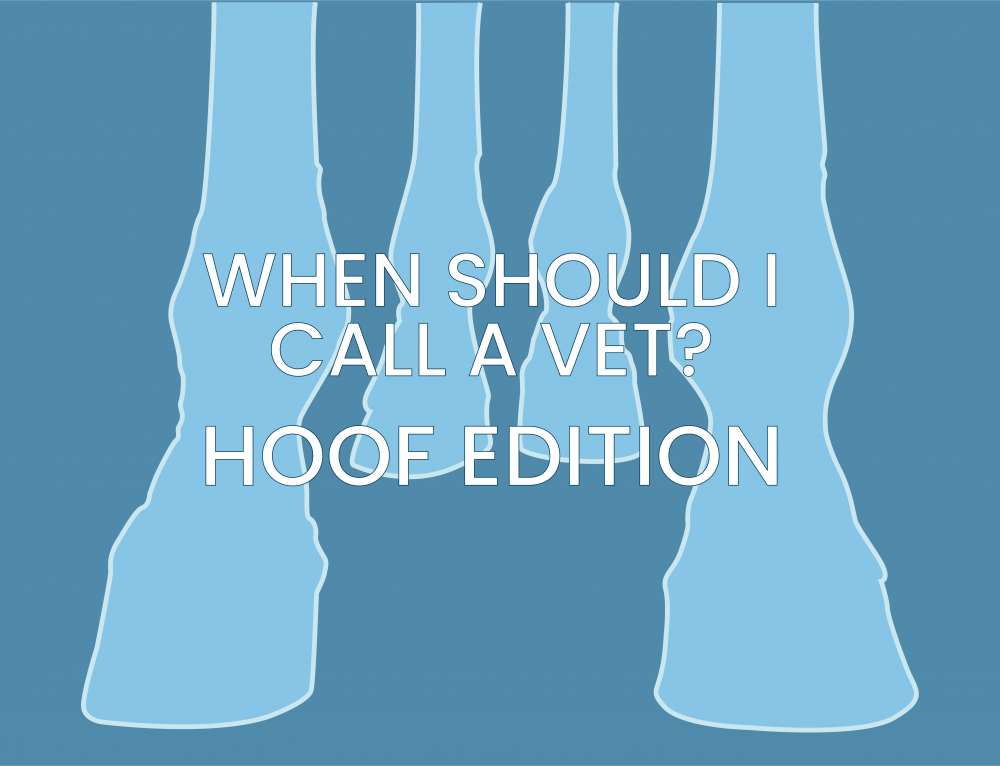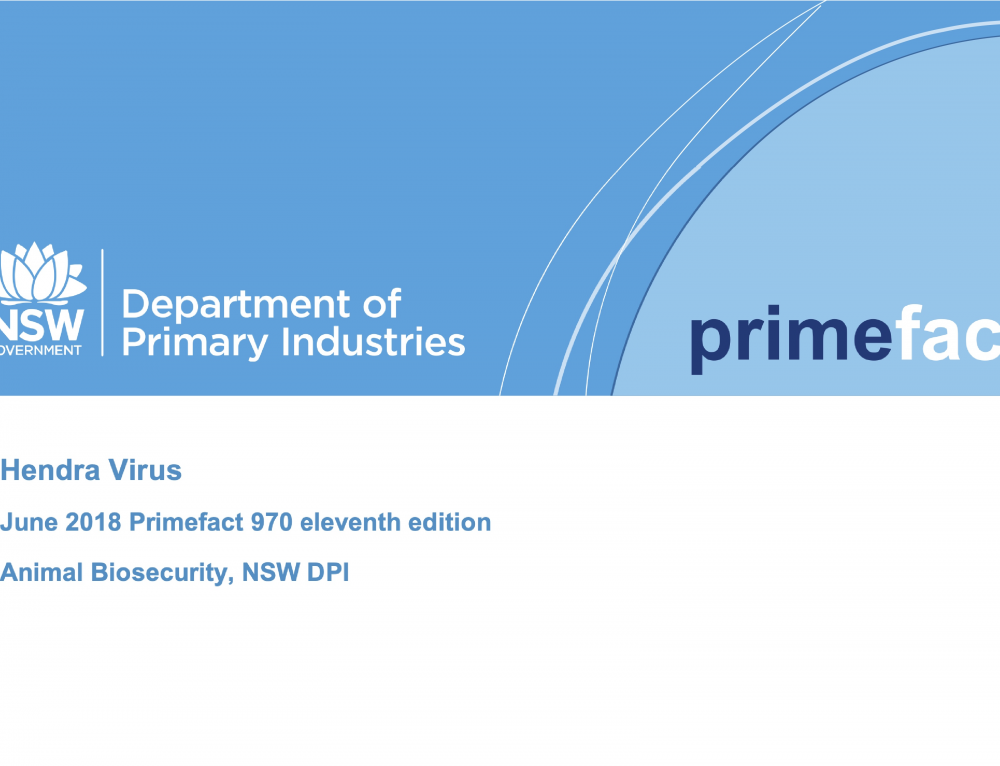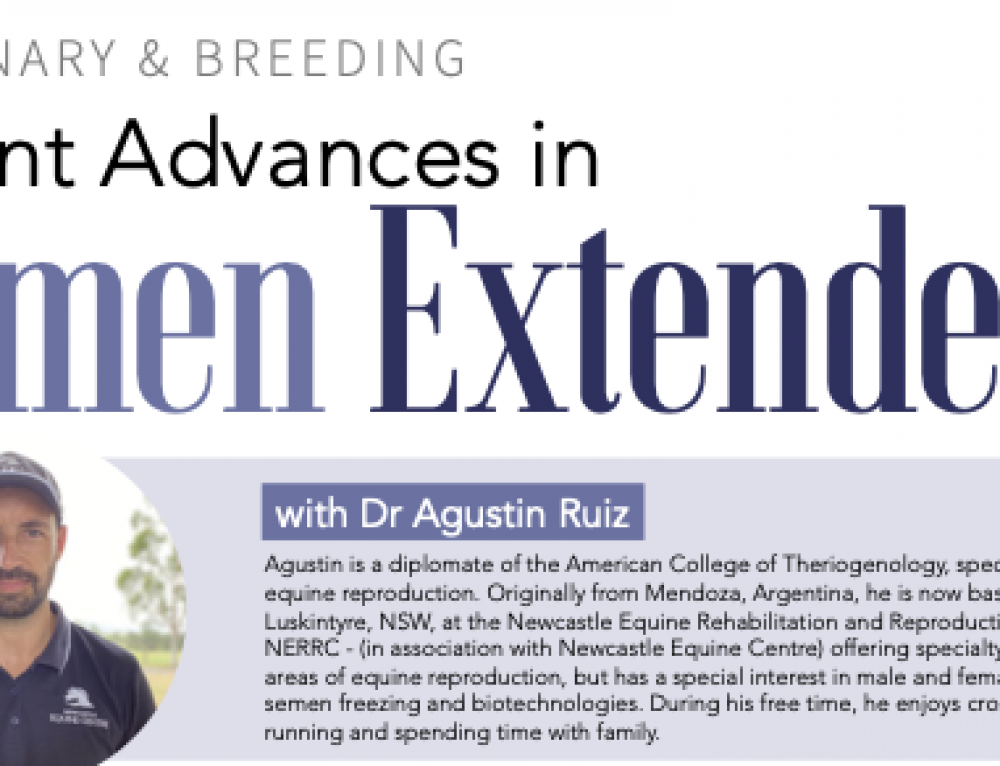As horses age, we must increase our awareness of their general well being. Monitoring body condition score is one of the most important things an owner of a geriatric horse can do. Ideally the horse should be in body condition score 3/5, so that you cannot see the ribs, but they are easily felt.
Body weight is significantly affected by many body systems:
- Dental problems reduce the ability to chew feed into particles that can be digested
- Intestinal worms will reduce the nutrients absorbed across the intestinal wall
- Arthritic/musculoskelatal conditions will cause pain and reduce grazing
Our vets are experienced in diagnosing and treating these conditions. Once they have been dealt with, nutrition is the most important aspect of maintaining the older horse. Geriatric horses have several changes to their digestive system that must be addressed, including:
- Lowered fiber digestibility, therefore predisposing the horse to choke (oesophageal obstruction) and impaction colic
- Reduced protein absorption, resulting in loss of body weight
- Reduced phosphorous absorption
To combat these changes it is important to feed a diet that has:
- High protein (12-16%)
- High fat
- High digestible fibre (low indigestible fibre such as long stem hay)
- High water soluble vitamins
- Slightly high (0.45-0.6%) phosphorus and low (<1.0%) calcium (to maintain a Ca:P ratio of close to 1.5:1)
- Highly palatable and easy to chew
These factors are achieved by feeding a commercially available geriatric/senior feed, such as Mitavite Gumnuts, NutriRice Veteran, Hygain Senior or Barastoc Senior. Many of these are pelleted or the grains are cooked/extruded to increase digestibility. Alternatively, an average maintenance diet can be feed and supplements added including protein (e.g. soybean meal) and fat (e.g. 250 ml/day canola oil). Ensure diet changes occur over a period of 2 weeks.
Other recommendations:
- Feed geriatrics separately to reduce competition
- Presoak the feed with water
- Feed smaller, more frequent meals
- Feed commercial hay cubes if long stem hay cannot be adequately chewed
References: Pugh D, Feeding the Geriatric Horse, retrieved from http://www.aaep.org/health_articles_view.php?id=224, Ralston S, ‘Management of geriatric horses’, retrieved from http://www.ker.com/library/advances/247.pdfSiciliano P 2002, ‘Nutrition and feeding of the geriatric horse’, Vet Clin North Am Equine Pract, 18(3), pp 491


